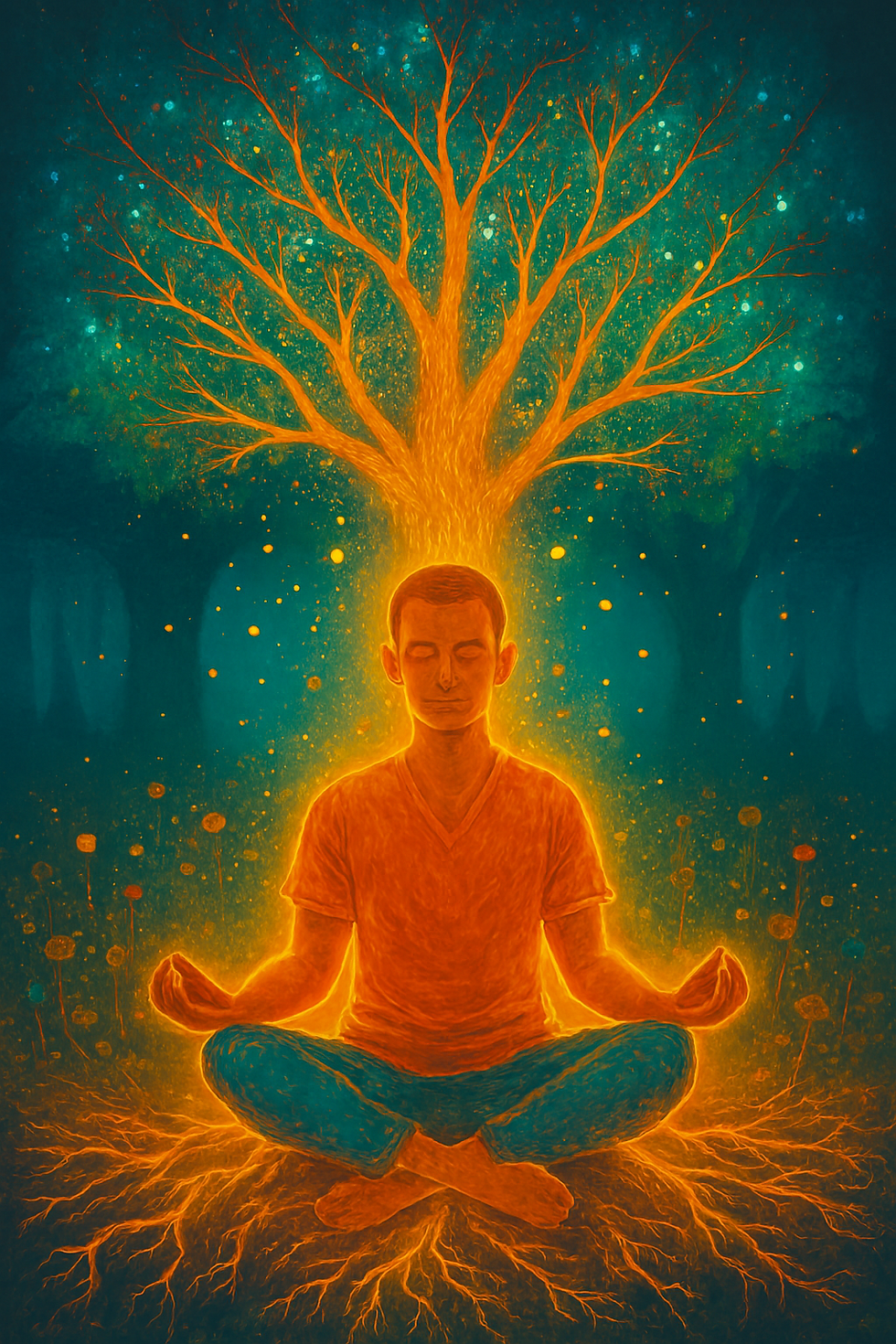Preserving the Soul of India: Why Our Indic Culture Must Be Protected ?
- Krishna Prakash

- Dec 19, 2024
- 3 min read
India, a land of boundless diversity and deep-rooted traditions, is home to a cultural richness that is unlike any other. Yet, in today’s world, the very essence of this culture is under threat. Let's take a moment to reflect on why it’s so crucial to preserve and protect the soul of Indic culture.
India’s Unique Cultural Identity
1. A Mastery of Musical Traditions
India is home to an astounding number of violinists and guitarists who excel in not just Western Classical music but also the intricacies of Hindustani and Carnatic classical styles. In fact, there are more skilled players of these two instruments in India than across the world combined—yet these instruments didn’t even originate here! This ability to adopt and innovate beyond boundaries speaks to the inclusivity and depth of India’s cultural fabric.
2. Harmony Among Religions
In India, we see a remarkable phenomenon: diverse sects of Islam, Christianity, Buddhism, Jainism, and Hinduism coexist not only with one another but also with other religions. In contrast, most countries around the world tend to see particular sects of a religion dominate, sometimes causing divisions. India, however, thrives on the unity of its pluralistic society.
3. A Nation of Languages
Unlike any other country where one language dominates, India is a mosaic of languages—121 to be precise, with more than 18,000 dialects. The Constitution of India recognizes 22 official languages, and this linguistic diversity is part of what makes India’s cultural identity so unique. The sheer number and variety of languages spoken here represent the rich history and diversity of its people.
The Secret Behind India’s Harmony
So, how is all this possible? How does India manage to accommodate so many traditions, languages, and beliefs, all living in harmony?
The answer lies in two foundational principles that are deeply ingrained in Indian culture:
Vasudhaiva Kutumbakam – The world is one family.
Loka Samastha Sukhino Bhavanthu – May all beings be happy and free.
These concepts have been internalized by Indians over centuries, shaping a culture that values inclusivity, diversity, and tolerance. This “Indic gene” manifests itself in three powerful ways:
Inclusivity – We embrace new ideas, influences, and practices.
Unity in Diversity – Despite our differences, we celebrate our collective identity.
Tolerance – We live and let live, accepting various perspectives and beliefs.
The Crisis We Face Today
While these values have been central to Indian culture for millennia, today, they are facing challenges:
Inclusivity has been twisted and overextended, allowing movements like wokism to creep in and create further division.
Diversity is increasingly seen as a source of fragmentation, selling the idea that we are divided and don't support each other.
Tolerance is at risk of devolving into indifference, with an attitude of “chalta hai” (it’s okay) replacing the active engagement required to protect and nurture our heritage.
The Path Forward: Understanding Dharma
To preserve and protect our cultural heritage, we must first reconnect with Dharma—the moral and ethical code that has guided India for centuries. Dharma is not just a religious practice; it is the very essence of living harmoniously with the world. Understanding and embracing Sanatana Dharma—the eternal truth—will help us rise above the challenges we face today.
Dharma teaches us the importance of protecting our diversity, defending our unity, and standing firm in our values. It’s what has allowed India to thrive despite centuries of change and upheaval. And it's what will continue to protect the soul of our culture. Defending Our Cultural Legacy
As we reflect on the many gods and goddesses of India, each depicted holding weapons, we are reminded that they represent not just the divine but the strength required to protect what is sacred. Similarly, it’s our responsibility to defend the richness of our culture from forces that seek to dilute or destroy it.

Let’s remember that India’s diversity is its strength, and it is up to us to ensure that it remains intact for generations to come. By understanding Dharma, we can safeguard the heart of India’s culture and pass it on in its truest form.



Comments